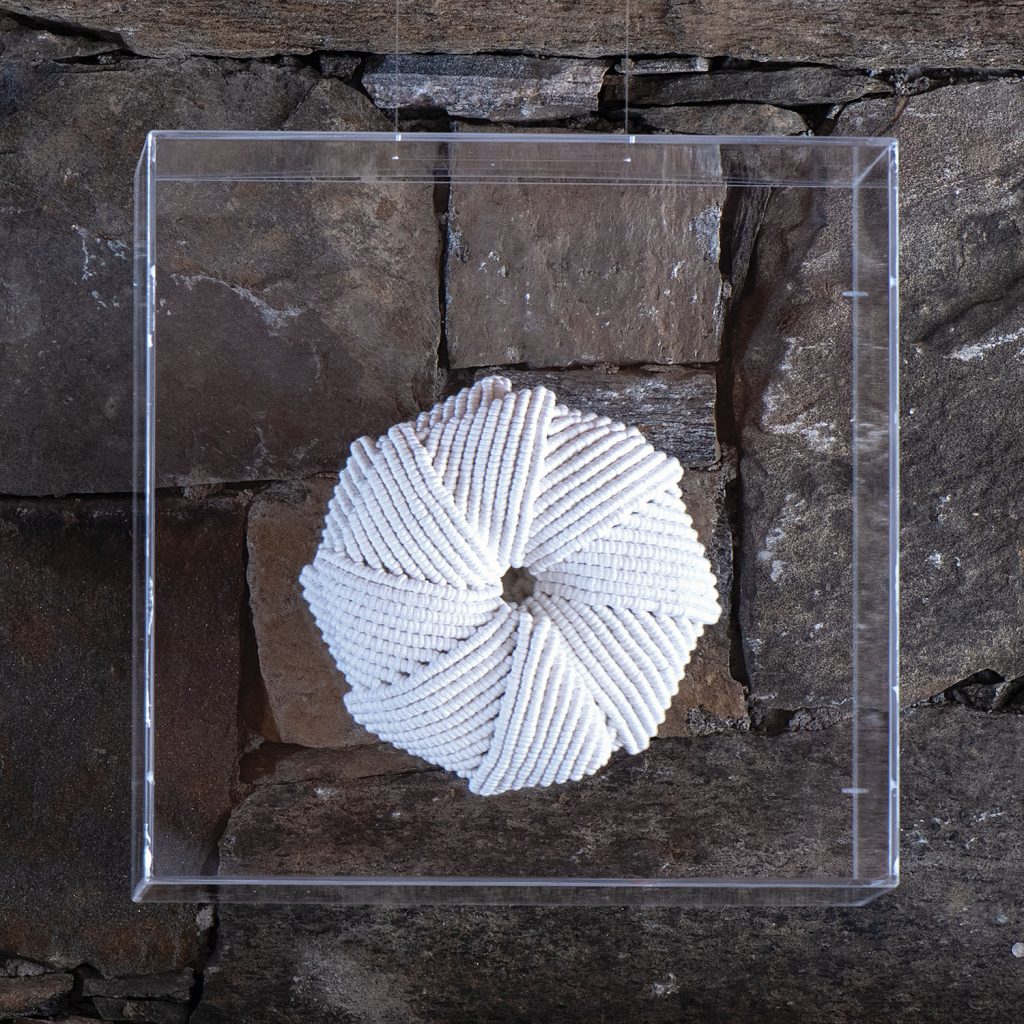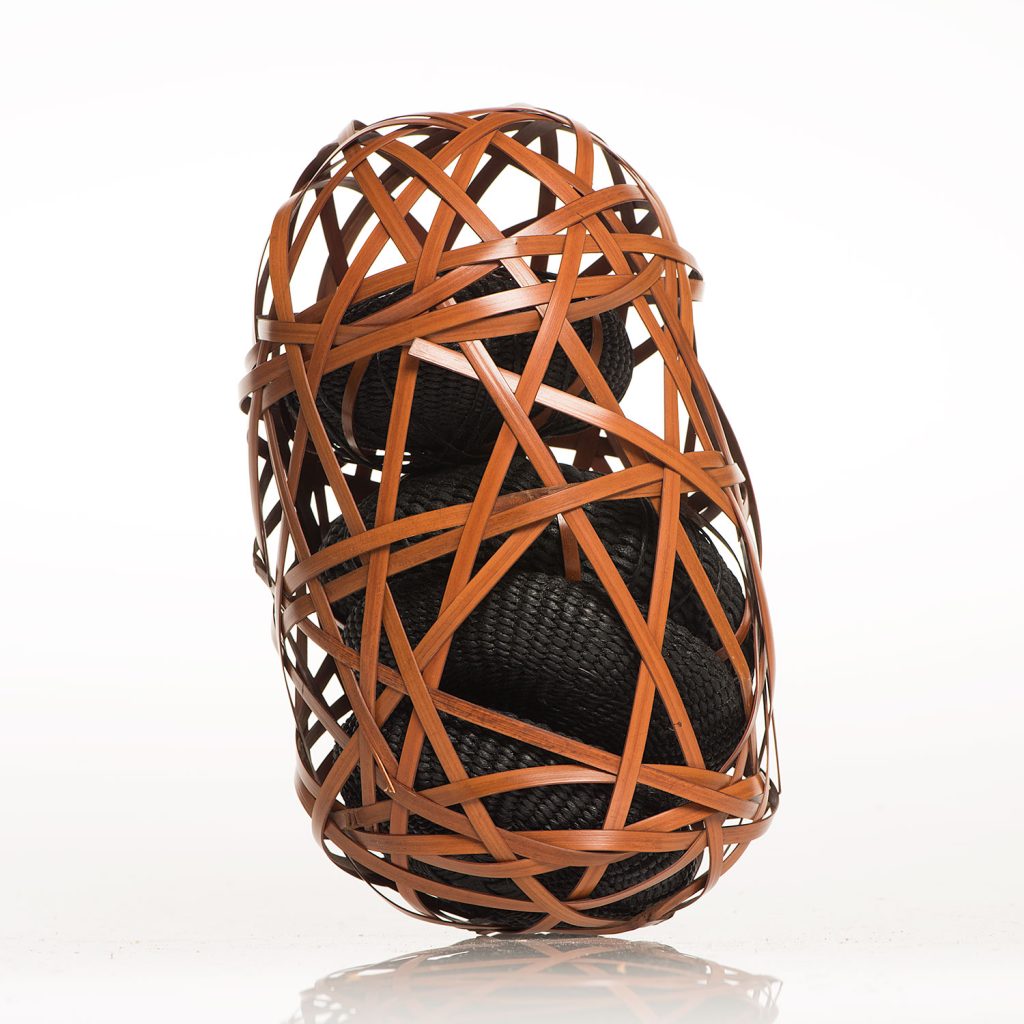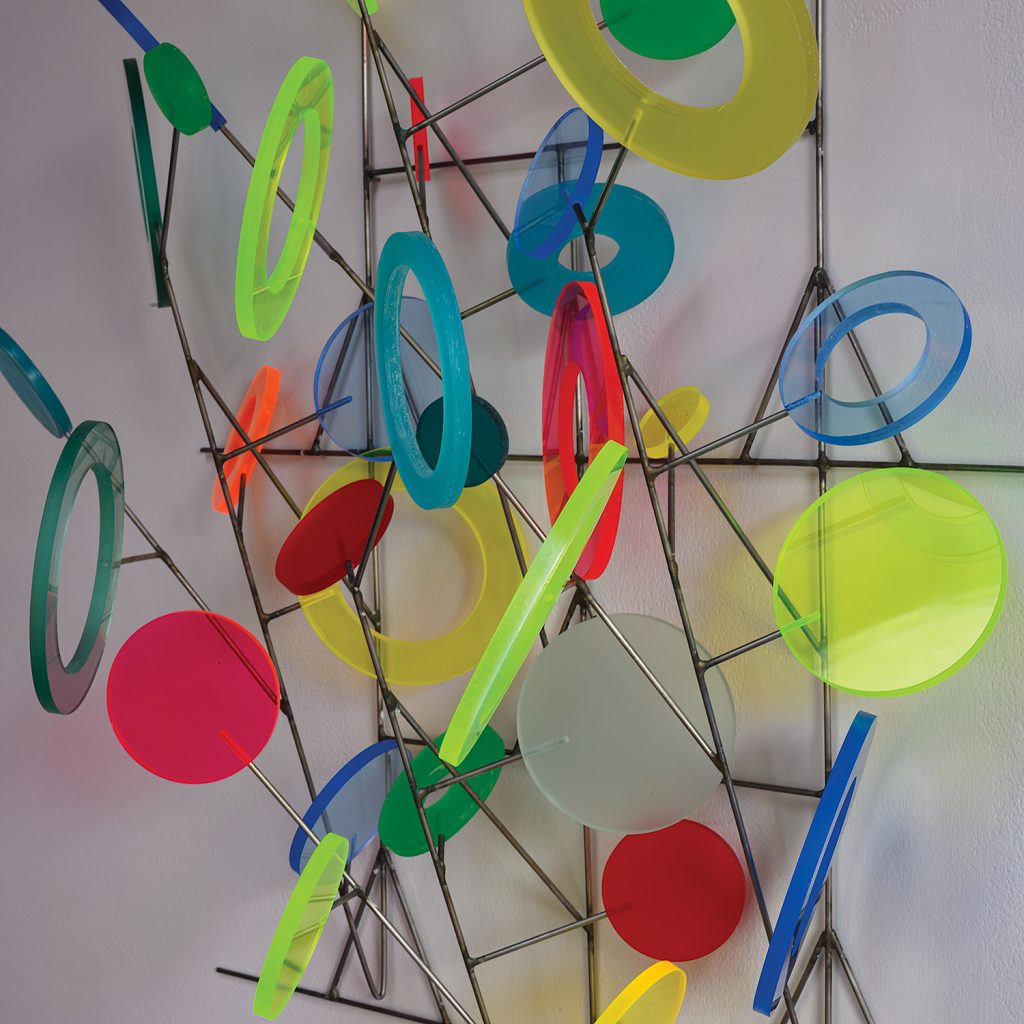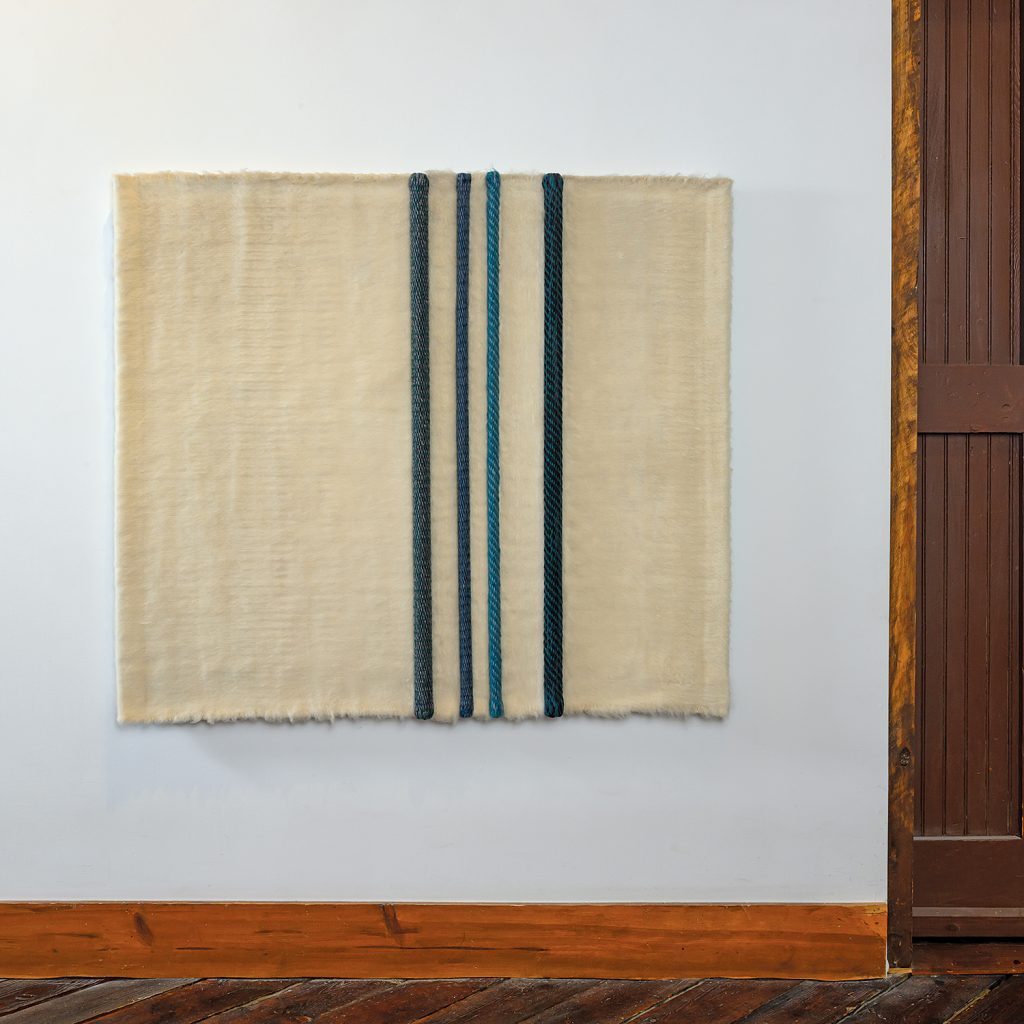At browngrotta arts, we’re kicking off the year with the same enthusiasm that propels us forward year after year. Throughout January, we’ve had the privilege of shining a spotlight on some extraordinary artists and their creations. The talents of Mariette Rousseau-Vermette, Warren Seeling, Nancy Moore Bess, Federica Luzzi, and Ethel Stein have graced our ‘New This Week’ series.
But, that’s just the beginning of the excitement. We’ve also been hard at work prepping for our next upcoming exhibition.. We will be sharing the details soon, so be sure to keep following along so you don’t miss out!
Until then, we invite you to recap on our past month of ‘New This Week’ features below.

To start off our series for the month, we began by highlighting the late, Ethel Stein. With a career spanning decades, Stein left an indelible mark on the world of weaving and textile art. Her intricate and masterful creations were not only celebrated across the country but also earned her a solo exhibition at the prestigious Art Institute of Chicago in 2014.
What makes Stein’s artistic journey truly exceptional is her mastery of the drawloom—a skill that few contemporary weavers possess. This expertise allowed her to craft intricate textiles that were both technically advanced and visually captivating.
Her influence resonated across the globe, as her works found a place in exhibitions not only in the United States, but also in the United Kingdom, the Netherlands, Switzerland, and beyond.

Up next in January, we turned our focus to the talented Federica Luzzi. Luzzi’s vertical loom technique allows her to transform fibers from their traditional two-dimensional frame into captivating three-dimensional creations.
What truly sets Luzzi apart is her presentation. She curates her works in dimensional installations, where they appear as fragments of a galaxy, blending the macrocosm and microcosm seamlessly. Her artistry is akin to a magnetic aggregation of fragile bodies, meticulously arranged like constellations or an enigmatic form of writing.
At the core of Luzzi’s exploration lies a deep connection with nature. Her work delves into the intricate beauty of leaves, barks, seeds, and plant pods. Through her art, she unveils the hidden wonders of these organic elements, inviting viewers to ponder the intricate patterns of the natural world.

Up next in our series, we highlighted the work of artist, Nancy Moore Bess. Based in California, Bess is an artist who views tradition as a reference point rather than a boundary. Her journey has revolved around the idea of mystery and containment within the realm of basketry, and she brings a unique twist to her creations using lids and closures inspired by her time living in Japan.
When creating, Bess seamlessly weaves together the practicality of traditional basketry with an enigmatic, and almost secretive allure. Her works beckon viewers to imagine the hidden treasures they might hold.
We are continuously impressed by the work Bess creates, and that’s exactly why we wanted to shine a light on her, so our audiences can see it too!

Nearing the end of the month, we brought you all art from the one and only, Warren Seeling. Seelig’s impact on the art world is significant, with his work featured in over 30 major museum exhibitions worldwide. His relentless exploration of possibilities within textile and fiber art continues to inspire and challenge conventional ideas of texture, weight, and form.
Warren Seelig’s journey as an artist has been marked by a relentless pursuit of innovation. Back in the late ’70s, he ventured into creating structural, fan-like works, using mylar frames and introducing a unique double-weave technique that pushed the boundaries of traditional textile art. Over time, Seelig’s focus evolved, leading him to craft suspended spoke-and-axle pieces and wall-mounted shadow fields.

Photo by Tom Grotta.
To close out our series for the month, we brought you art from the late artist, Mariette Rousseau-Vermette. With a career spanning four decades, she left an indelible mark on the world of tapestries and sculptures, captivating collectors and commissions across the globe.
Rousseau-Vermette’s artistic journey took her from the Quebec School of Fine Arts to working alongside Dorothy Liebes in California. She later participated in five International Tapestry Biennials in Lausanne, using these opportunities to connect with artists worldwide. In the 1980s, she made significant contributions as part of the Art and Architecture program, ultimately heading the Fibers Department at the Banff Center for the Fine Arts.
It’s no wonder why her achievements are so widely recognized! She is truly one of the best.
We hope you enjoyed our January series! Stay tuned for more ‘New This Week’ features in the months ahead.
